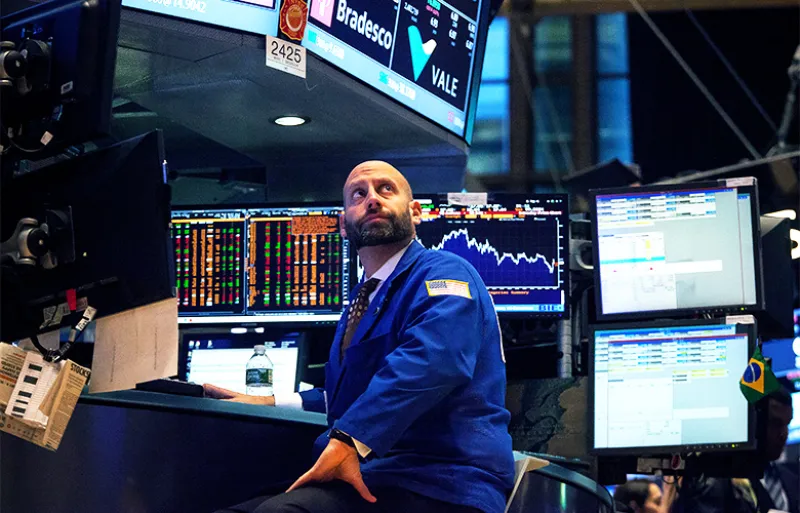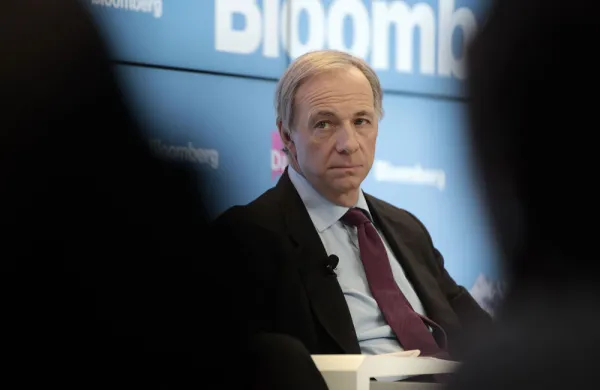A few years ago, I decided that hosting both the Thanksgiving and Christmas feasts for my family and that Island of Misfit Toys I call my friends was simply too much to handle. In this age of gluten intolerance, veganism, tannin sensitivities, and fractured families, I inevitably ended up cooking three or four separate meals, which got served nearly continuously from 10:00 a.m. to 10:00 p.m. So now, I operate a revolving-diner-door only at Christmas. Folks in Nashville can kiss my grits on Thanksgiving while I travel to Hawaii.
Of course, because I’ve spent most of my adult life involved in risk assessments of some sort (manager risk, strategy risk, market risk), Hawaii probably isn’t as relaxing for me as it is for some. First, there are the vats of SPF 5,000 that I need to purchase before even contemplating a week at the beach. Then there’s the question of where to stay. This year, I vacillated between a mountain condo and a seaside abode, trying to predict the potential pitfalls of both. While the mountain vista offered stunning views, it also presented possible volcanic eruptions and death by lava. The beachside condo seemed lovely, but tsunamis are not my thing. And of course, there was the threat of nuclear annihilation to the entire island chain thanks to Kim Jong Un.
In the end, I settled on the seaside escape, had a lovely vacation and didn’t get blown up by a volcano or North Korea. Nor did I drown in anything other than a vat of piña coladas. But all of that fretting about the future and trying to predict best- and worst-case scenarios did get me thinking about how well, or rather, how poor we are at forecasting. Whether it’s holiday timeshares, market ups and downs, or industry trends, collectively we kind of suck at predictions.
In 2010, for example, Tadeusz Tyszka and Piotr Zielonka found that two-thirds of weather forecasters, a group often maligned for their inaccurate predictions, were able to successfully predict the average temperature for the next month. In contrast, a mere one-third of financial analysts were able to guess the month-end value of the stock market. Other studies have suggested that dart-throwing monkeys, or 10 million randomly generated portfolios, could have outperformed the Standard & Poor’s 500 stock index consistently between 1968 and 2011. A Wall Street Journal “Dartboard Contest” conducted in 1998 showcased a bit more skill amongst professional investors, who were only beaten by dart-throwers 39 percent of the time.
But predicting the markets is notoriously tough. Personally, I have been breathlessly waiting for a market downturn since at least October 2016, convinced that the length of the run-up, seemingly ridiculous valuations, and global geopolitical instability would eventually spoil our party. If you consider that most investors face these types of worries, along with a barrage of confirmation bias, hindsight bias, disposition bias, trend-chasing bias, and other common analytical prejudices, it’s a wonder we have successful investors at all. And yet we certainly do.
At a more micro level, we don’t prophesize much better. Take, for example, The Economist’s prediction in October 2008 that hedge fund assets “could fall by 30-40%” and that “the number of funds ... could fall by half.” Last time I checked, hedge fund assets had grown from nearly $2 trillion in 2008 to a record $3.15 trillion in the third quarter of 2017, and the number of funds increased from roughly 7,000 funds to 8,200 funds during the same period. Doomsday may still cometh, but not, evidently, right soon.
Or what about hedge fund fees? Again, The Economist predicted in January 2009 that the infamous “2 and 20” management/performance fee hedge fund fee structure could become 1 and 10, while a Preqin study from roughly the same period announced downward pressure on fees resulting in an average 1.63 percent and 17.21 percent. After the launch of the first hedge fund with no performance fees in 2016, some were quick to predict the advent of management-fee–only funds. But industry watcher Hedge Fund Research showed an average fee structure of 1.47 percent and 17.3 percent through the first quarter of 2017, not that dissimilar to the 2009 average fees above.
So as we face the end of another year, reviewing performance and planning 2018’s asset allocations, perhaps it is wise to remember that our worst (and best) case scenarios rarely materialize. Whatever dramatic changes you see on the horizon, whether they be market crashes, fee free falls, separate account mass migration, or the end of hedge funds as we know them, there’s at least a reasonable chance you’ll be wrong.
At the end of the day, it’s best to build and maintain a portfolio that has a reasonable chance of achieving your minimum acceptable return, has fees you and your money managers can stomach, can take advantage of market upside without forgetting that market downturns can and do happen, and allows you to sleep soundly at night. Once you’ve done that you can eschew additional dramatic prognostications, which can compromise all of the above. But don’t forget to buy sunscreen futures next November. Based on my holiday plans, I can guarantee a dramatic surge in demand.







